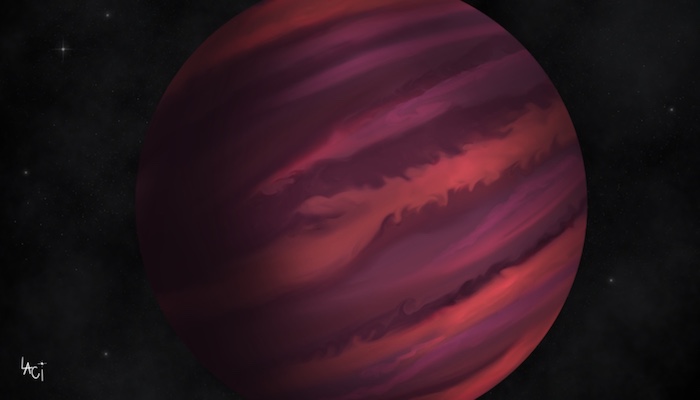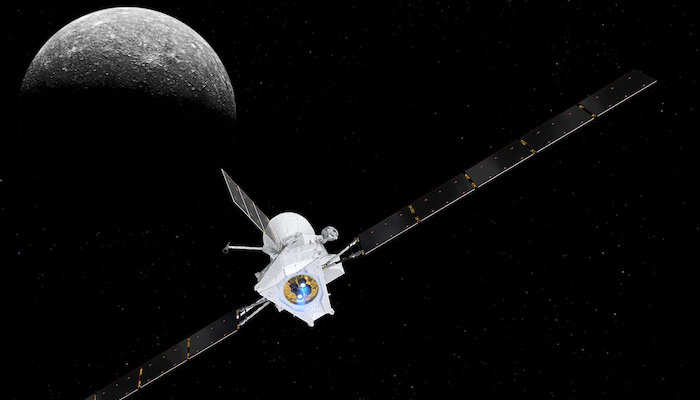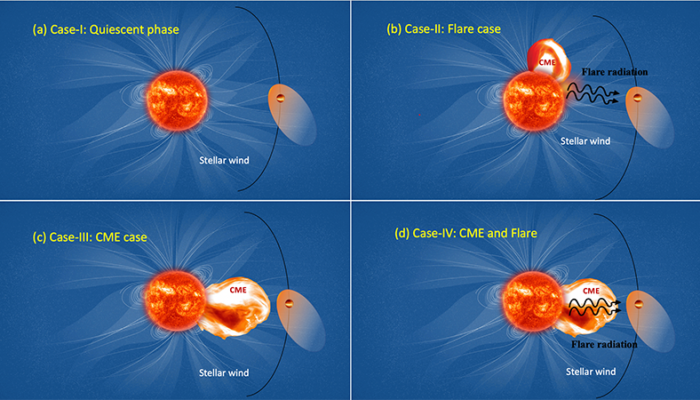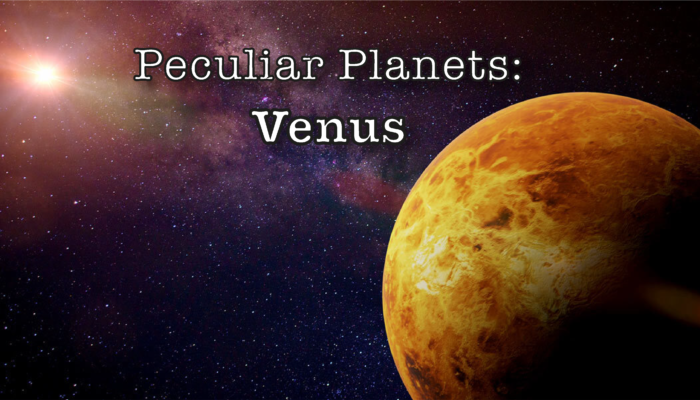Stellar storms modify the atmospheric evolution of planets. ‘Hot Jupiter’ planets being very close to their host star, are often affected by such storms. In this week’s peculiar planet, Gopal Hazra, a post-doctoral fellow at the School of Physics, Trinity College Dublin, discusses effect of stellar storms on those planets using his self-consistent hydrodynamic models of planetary ...[Read More]
Brown Dwarfs: Cloudy with A Chance of Earth’s Mantle

The universe is made up of stars and planets but have you ever wondered if there is anything in between? This week, Laci Brock, a PhD student from the University of Arizona’s Lunar and Planetary Laboratory, takes us on a journey into this murky region of stellar classification… Four years before the cult classic science fiction show Star Trek debuted on television in 1966, astrophysicist Dr. Shiv ...[Read More]
On the way back to Mercury

It is the smallest planet of the Solar System, the closest to the Sun and the quickest at orbiting around it, the one with the least inclined and most elongated orbit, the only one where a day lasts two-thirds of a full year, the one with the highest bulk density. Mercury is a planet of extremes, but rarely visited by space missions (compared to Mars, Venus and the Moon). This week Dr. Nicola Tosi ...[Read More]
Venus: science! Today!
After many (attempted) visits to Venus in an earlier era of space exploration, the focus of terrestrial planet science was shifted towards e.g. our other neighbour Mars. Yet, lately, Venus seems to gain scientific popularity and not without reason – there remains so much to figure out about the puzzling planet. The virtual mini-workshop ‘Venus Science Today’ was held a few weeks ago to bring toget ...[Read More]


